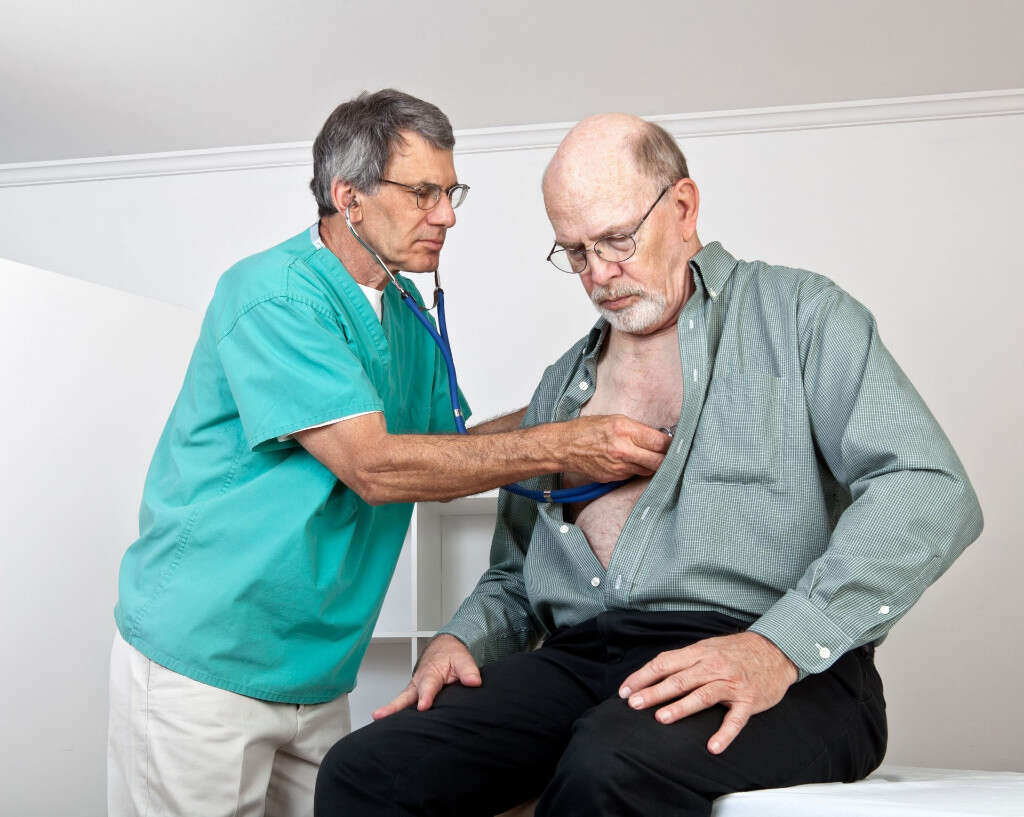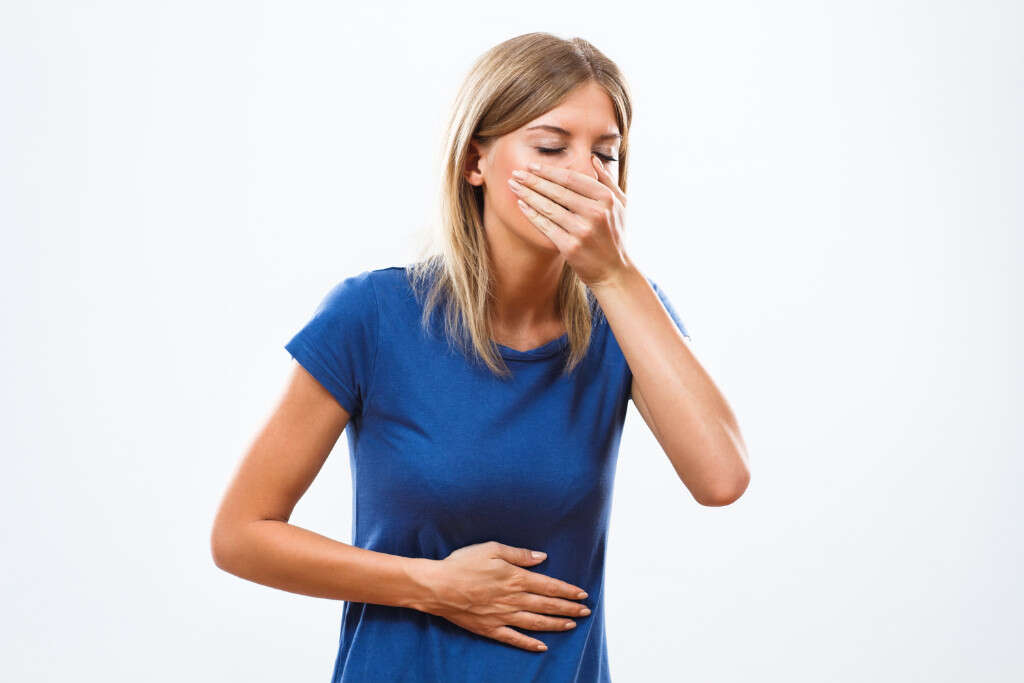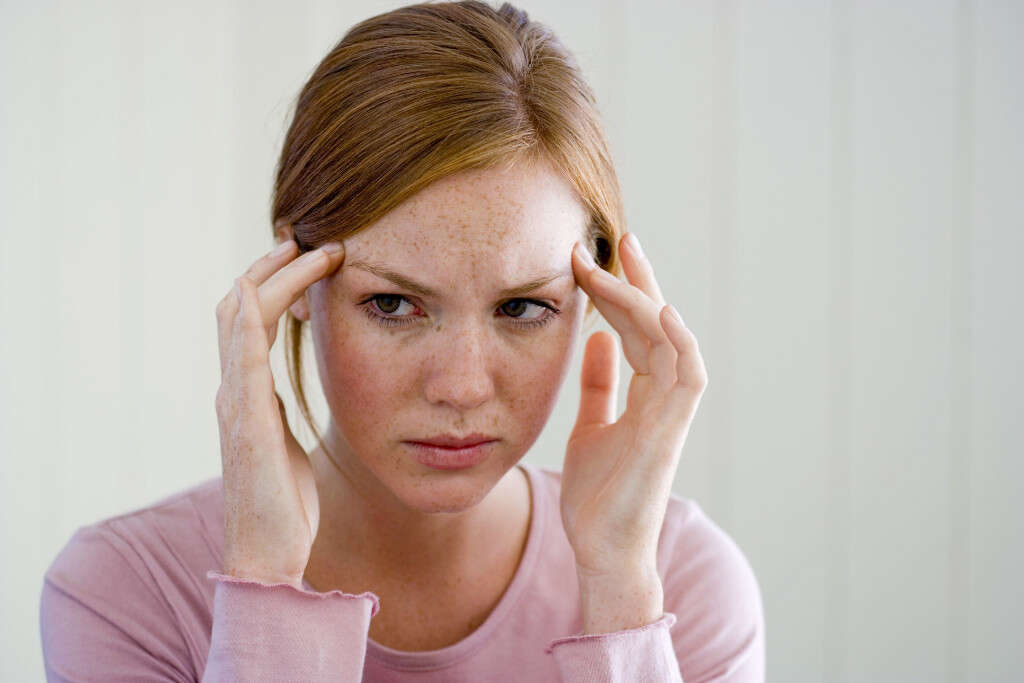10 Signs of Anxiety Disorders
Anxiety disorders are the commonest type of psychiatric disorders. Although there is a high prevalence of anxiety disorder cases, these cases are often undertreated and underrecognized. Anxiety disorders include conditions where there is excessive anxiety, fear, and behavioral disturbances. Examples of anxiety disorders include social anxiety disorder, selective mutism, separation anxiety, specific phobias, panic disorder, generalized anxiety disorder, and more.
Anxiety disorders are thought to be caused by several factors such as genetic vulnerability and biopsychosocial factors where these factors interact with trauma, stress, and other situations to result in symptoms. Genetic factors can significantly influence the risk for anxiety disorders. In combination with environmental factors, such as trauma, can increase the risk of anxiety disorders. While some are resilient to stress, there are also those who are vulnerable to stress therefore precipitating an anxiety disorder.
Depending on the specific anxiety disorder, the symptoms can vary. The treatment for anxiety disorders usually involves a combination of psychotherapy and pharmacotherapy. In the United States, anxiety disorders are the commonest type of psychiatric disorders with a lifetime prevalence of 28 percent among adults. 80% of the patients show symptoms and are diagnosed by the age of 20. Social anxiety disorder is also a risk factor for depressive illness and substance abuse.

Anxiety Disorder Sign #1: Palpitations
Palpitations are often defined as the perception and awareness of the abnormal cardiac muscle contractions which may be irregular, too fast, or too slow. Tachycardia is a term used to describe a heart rate of 100 beats per minute or more while bradycardia describes a heart rate of 60 beats per minute or less.
Palpitations can be seen in panic attacks, anxiety disorders, structural anomalies of the heart, and more. It is often associated with dizziness, breathlessness, sweating, headaches, chest pain, and syncope. Examples of conditions that can cause palpitations include asthma, hyperthyroidism, renal disease, the use of caffeine, alcohol consumption, and more.

Anxiety Disorder Sign #2: Breathlessness
Breathlessness or dyspnea is a feeling where one is unable to breathe well enough due to chest tightness, air hunger, and the need for extra effort to breathe normally.
While it may be normal during activities where there is exertion, it can be pathological as seen in asthma, cardiac ischemia, pneumonia, interstitial lung disease, panic attacks, anxiety, heart failure, and more. The treatment for dyspnea is dependent on the underlying cause.

Anxiety Disorder Sign #3: Chest Pain
Chest pain is a common symptom seen in anxiety disorders. It is often a consequence of a panic attack. Patients often experience worsening symptoms as the onset of chest pain spurs them to think that they may be having a heart attack which further feeds their anxiety resulting in an exacerbation of their symptoms.
Chest pain felt in an anxiety disorder can be persistent, sharp, shooting, stabbing, and accompanied with chest tightness. In some cases, the pain can also be described as numbing or a dull ache. A chest pain is considered a medical emergency. Therefore, if in doubt, patients with chest pain should seek professional opinion.

Anxiety Disorder Sign #4: Nausea
Nausea can be described as an uncomfortable and unpleasant sensation of unease. There is also often an urge to vomit. Although it may not be painful, nausea is a debilitating symptom as prolonged nausea can negatively impact the quality of life for patients. It is the body’s natural method of protecting itself from harmful substances and situations by discouraging the person from repeating their actions that have caused nausea.
However, it is a common and non-specific symptom that can be seen in migraines, dizziness, motion sickness, hypoglycemia, gastroenteritis, food poisoning, and more.

Anxiety Disorder Sign #5: Abdominal Discomfort
Patients with anxiety disorders often describe their abdominal discomfort as having “butterflies” in the stomach. Other common descriptions include cramping and churning in the stomach that can result in nausea, vomiting, indigestion, or increased bowel movements and urination.
Coping mechanisms such as meditation, mindfulness, and deep breathing may be beneficial.

Anxiety Disorder Sign #6: Lightheadedness
Lightheadedness is an unpleasant sensation where one feels dizzy or faint. It can be a short term, chronic, or recurring issue. Causes of lightheadedness are often due to the shortage of blood or oxygen to the brain. This can occur if the patient is dehydrated, has low blood sugar, is hyperventilating, is experiencing panic attacks, has anemia, and more.
It is also often seen in cardiovascular or respiratory issues. The treatment and management for lightheadedness will depend on the underlying cause. It may involve staying hydrated and maintaining a normal blood sugar level.

Anxiety Disorder Sign #7: Paresthesia
Paresthesia is an uncomfortable sensation where there is numbness, tingling, prickling, burning, or tickling without any apparent physical cause. Paresthesia can be chronic or transient with many underlying causes. The commonest type of paresthesia is often known as “pins and needles” or described as a limb “falling asleep”.
Causes of paresthesia include shingles, hyperventilation, reactive hyperemia, panic attacks (anxiety disorders), vitamin deficiency, and more. In anxiety disorders, the breathlessness can lead to low oxygen levels which results in paresthesia.

Anxiety Disorder Sign #8: Restlessness and Irritability
Restlessness or the feeling of being on edge is a common symptom that is often seen in anxiety disorders. Irritability refers to the state of an individual where he or she is prone to anger and frustration.
Both restlessness and irritability are common and non-specific symptoms that can be seen in various situations especially among children who are feeling unwell. However, it is also a common combination seen among patients with anxiety disorders as they are often consumed by relentless worrying.

Anxiety Disorder Sign #9: Vomiting
Vomiting or emesis refers to the involuntary expulsion of stomach contents through the mouth and nose. It can be caused by many conditions such as increased intracranial pressure, gastritis, food poisoning, motion sickness, and more. It can sometimes be preceded by nausea.
To help manage vomiting, antiemetics such as ondansetron, metoclopramide, and promethazine can be used. In cases where there is dehydration, intravenous fluids may be necessary.

Anxiety Disorder Sign #10: Sweating
Sweating during anxiety can be thought of as abnormally increased sweating that is not required for the regulation of body temperature. It can be a debilitating issue as it negatively impacts the quality of life. In anxiety, excessive sweating may occur during or before the episode.
It may be associated with other symptoms such as tachycardia, palpitations, nausea, abdominal discomfort, or by itself. Sweating occurs during anxiety as part of the stress response.












